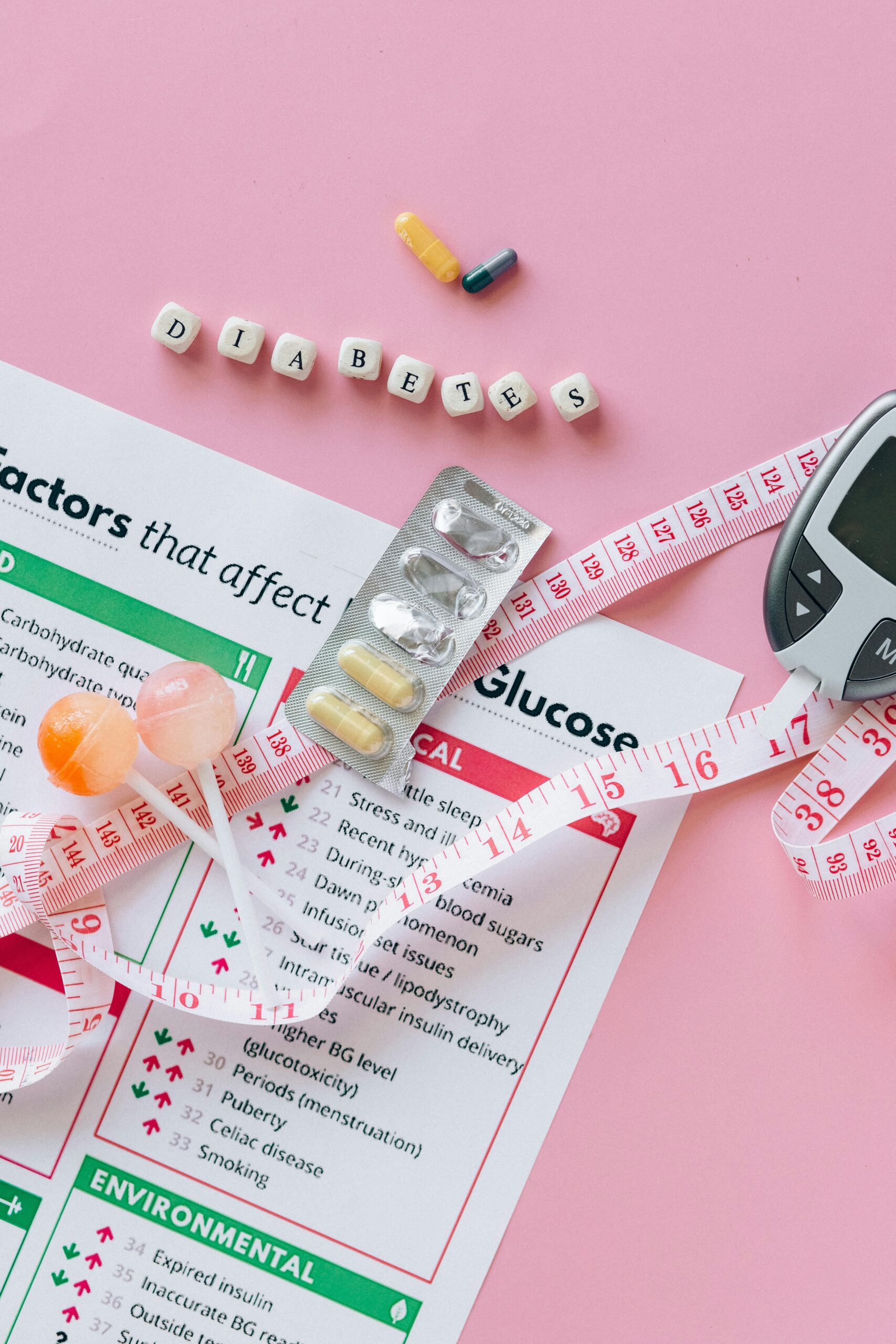How Big Is The Healthcare Industry?
The medical and healthcare sector is one of the largest, most complex, and consequential portions of the U.S. economy. It’s literally about life and death. The estimated 2019 total of $3.65 Trillion in health care expenditures is projected to rise to $6 Trillion by 2027, representing 19.4% of GDP. The U.S. has the highest annual per capita healthcare expenditure in the world projected to exceed $12,000 in 2020.

Will The Doctor See You?
Marketing to medical and healthcare professionals has become challenging. The traditional ways of courting them has changed dramatically. For example, more than half of doctors are embedded in hospital/healthcare organizations versus private practices.
Reaching busy doctors means treating each as a market of one. Personalized, multi-channel campaigns utilizing phone, email, and digital media open doors both real and virtual. Quality data is essential to connecting with this elusive audience. As with all the data products we provide, our databases of medical and healthcare professionals are updated regularly and verified for accuracy. All include key contact data that is the prescription for marketing success.
What Do Medical Practices Need?
According to the Bureau of Labor Statistics, there were almost 14,000 hospitals employing over 406,000 medical and health service managers. This includes hospitals that are privately owned and owned by federal, state, or local governments. Employment is growing at an 18% annual rate which is expected to continue through 2028. Included are C-suite executives, medical department heads & coordinators, directors of patient services, HR, pharmacies, and purchasing, plus many more. Hospital administration is experiencing complex issues related to quality, safety, cost efficiency, compliance, privacy regulations, workforce capacity, IT, and infrastructure. Reach the critical decision makers who are always seeking products and services that will enhance their capacity to provide quality services.
What Do Hospitals Need?
Hospitals require the same things as private practices and more, on a larger scale. To begin, administrative costs are far greater. Infrastructure, wages, and expanded workforce requirements make hospital operation complex and expensive. Treatment and care needs include ICUs, ERs, patient rooms, outpatient facilities, operating theaters, laboratories, food service facilities, HR, billing & legal departments, and much more.
Making purchase decisions is an arduous and time-consuming process involving many stakeholders. Every investment has a potential impact on the institution’s ability to provide the best possible outcomes and remain fiscally sustainable. Taken together they all play a role in ensuring that the hospital is there for the community when needed.
Providers and marketers of any of these products and services operate in a highly competitive environment. Success depends on achieving a sequence of goals, from generating initial awareness, to nurturing consideration, through delivery, and providing impeccable support in hopes of establishing long relationships.
This journey begins with data. Data can provide a deep dive into who the target is and exactly what is needed. Data can help shape the tenor of the approach by providing insight into medical professionals as more than diplomas on a wall, but as human beings. Accuracy is paramount to opening doors for marketers. If this sounds like a surgical approach, it is, which is only fair when marketing to an audience dedicated to safeguarding quality of life.


Fast Facts About The Healthcare Industry
Following are data points that can offer some perspective about the healthcare industry. These snapshots may help shed light on where marketing opportunities lie in this enormous and dynamic portion of the U.S. economy.
Physicians & Surgeons (BLS)
- Median 2019 pay in excess of $208,000 per year
- Number in positions in 2018: 756,000
- Projected net change through 2028: +55,400
Median Income By Specialization (BLS)
- Anesthesiologists – $261,730
- Surgeons – $252,040
- Obstetricians and Gynecologists – $233,610
- Psychiatrists – $220,430
- Family and General Practitioners – $213,270
- Physicians and Surgeons, all other – $203,450
- Internists, General – $201,440
- Pediatricians, General – $184,410
Now Is A Time Like No Other
Begin To Build Your Healthcare Marketing List
For over 25 years mailinglists.com has partnered with marketers, providing fresh, accurate data to reach medical and health care professionals. Purveyors of pharmaceuticals, practice management platforms, staffing services, commercial real estate, and more are able to interact with these high-value targets who play such a vital role in our society.


Free Consultation
Unlock your marketing potential with a free consultation: our experts are ready to guide you in tailoring the perfect business mailing list to elevate your outreach strategy. Contact Us Today!
